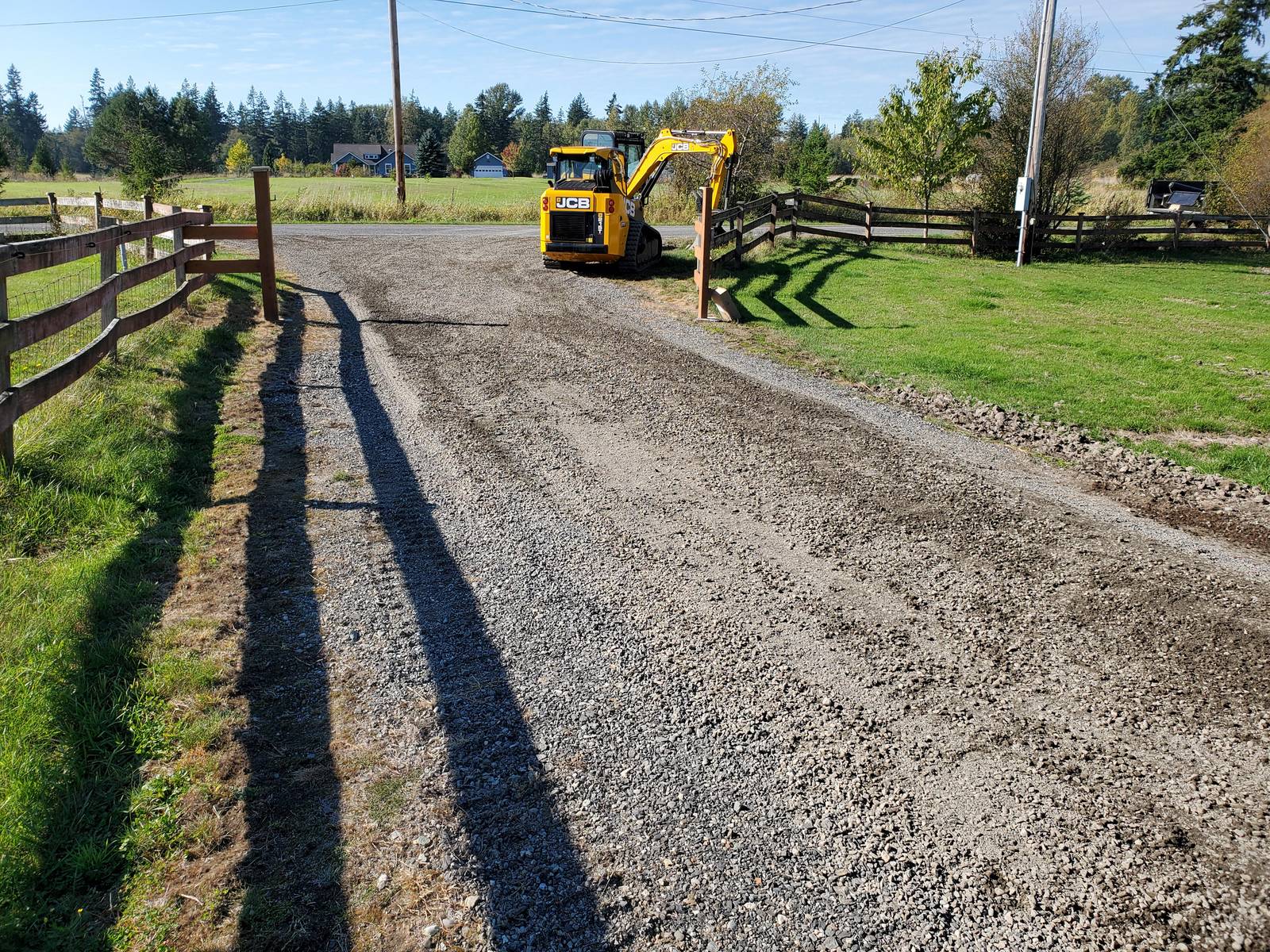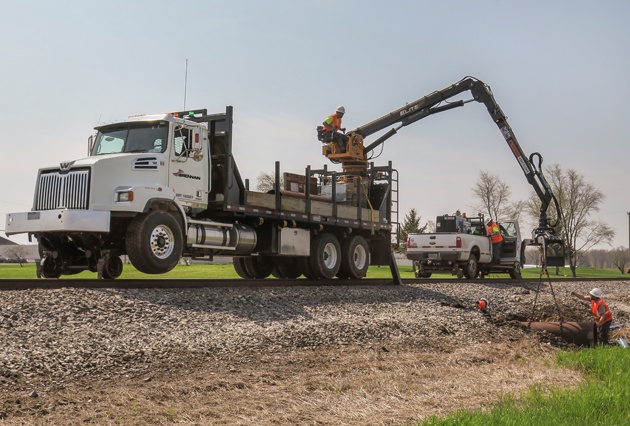Expert Culvert Installation for Durable Framework
Expert Culvert Installation for Durable Framework
Blog Article
Culvert Setup Facilitated: Step-by-Step Guide for Success
From choosing the appropriate culvert dimension to incorporating correct water drainage procedures, each step in the installment procedure plays an important function in the capability and longevity of the culvert system. Stay tuned to uncover the vital actions and considerations that can make culvert setup a seamless and effective endeavor.
Picking the Right Culvert Size
Picking the appropriate culvert dimension is critical for guaranteeing efficient water circulation and structural honesty in culvert installation tasks - Pad Construction. The size of the culvert directly affects the circulation ability of water through the structure. A culvert that is as well tiny can result in flooding and overflow, while one that is too huge may lead to lowered water speed, possibly causing sediment buildup and clogs
To establish the right culvert size, factors such as the watershed location, top circulation prices, and hydraulic effectiveness demand to be carefully thought about. Calculations based upon these specifications aid in picking a size that can properly deal with the expected water quantity while lessening the danger of blockages and architectural failing.
It is vital to get in touch with engineering guidelines and requirements to make certain that the chosen culvert dimension meets the job requirements and regional regulations (Pad Construction). By picking the best culvert size, project managers can maximize water flow, avoid possible issues, and enhance the overall performance and longevity of the culvert installation
Preparing the Setup Website
Efficient culvert installation demands thorough prep work of the installation site to guarantee optimum architectural assistance and performance. Prior to commencing the setup procedure, it is vital to clear the website of any kind of particles, vegetation, or blockages that might impede the culvert's placement. Guaranteeing a level foundation is crucial for the proper positioning and stability of the culvert. This might entail rating the site to develop a smooth, even surface area that can effectively support the weight of the culvert and any anticipated tons. In addition, proper compaction of the soil below the culvert is required to stop resolving or moving over time.
Furthermore, it is necessary to consider aspects such as dirt composition, groundwater degrees, and ecological effects when preparing the installment website. Conducting a complete website analysis can help identify any type of prospective difficulties or risks that may impact the culvert's efficiency. By taking the time to prepare the installment site correctly, you can help guarantee a successful culvert installation that satisfies structural demands and ensures lasting performance.
Putting the Culvert Appropriately

The grade at which the culvert is placed is critical for preserving a correct incline for water circulation. Additionally, the culvert should be oriented properly to ensure that the inlet and Visit Website outlet are in the appropriate places. Pad Construction.
Backfilling and Compacting the Dirt
Correct backfilling and compaction of the soil around the culvert is important to make sure security and avoid possible issues in the future. Once the culvert is appropriately positioned, the next essential action is to backfill the location around it with appropriate material. The backfill material must be devoid of rocks, particles, and organic issue to prevent damage to the culvert. It is recommended to utilize granular product such as sand or gravel for backfilling, as it supplies good drain and compaction homes.
After putting the backfill material, it is necessary to compact it in layers of consistent thickness. Using a compactor or a mechanical meddle, compact the soil gently to avoid harming the culvert. Compaction visit homepage assists in reducing the chances of negotiation and makes sure consistent support around the culvert. It is essential to small the soil evenly on all sides of the culvert to maintain its structural stability.
Proper backfilling and compaction not only supply security to the culvert but likewise aid in protecting against soil erosion and preserving the long life of the culvert system.
Ensuring Appropriate Drainage Combination
Incorporating efficient drain options plays a vital duty in the general functionality and longevity of culvert setups. Appropriate drainage combination is necessary for managing water flow, preventing erosion, and guaranteeing the structural stability of the culvert system. To attain this, it is important to design a comprehensive water drainage strategy that takes into consideration variables such as the quantity of water expected, the topography of the location, and the sort of dirt existing.

Additionally, integrating attributes like erosion control steps, such as riprap or plants, can additionally improve the performance reference of the drain system. By thoroughly preparing and applying these water drainage remedies, culvert installations can work successfully and withstand the test of time.
Conclusion
In conclusion, correct culvert installation is crucial for preserving effective drain systems. By choosing the best culvert dimension, preparing the installation site, putting the culvert properly, backfilling and compacting the soil, and ensuring proper drain integration, success can be achieved. Complying with these actions will certainly aid make certain the long life and efficiency of the culvert, ultimately adding to the general success of the water drainage system.
Report this page